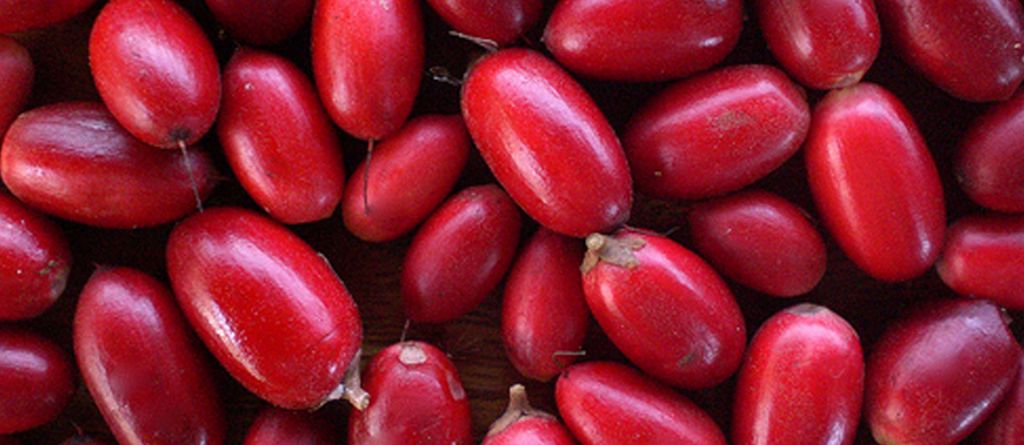Can you name a fruit capable of disturbing your taste buds? For up to two hours, the red miracle berry can transform sour foods like lemon or vinegar, in an amazing sweet taste. It’s a very interesting berry because of its non-caloric property for anti-obesity and anti-diabetes use.
This miracle berry that grows in West Africa contains Miraculin, a glycoprotein which was first extracted back in 1968. The local population knew the effects for much longer and chewed the fruit pulp to make sour maize bread more tasty. Only, in the 2000s did researchers from France and Japan discover the receptor involved in the reaction.
You have several molecules acting on the human sweet receptor :
– sucrose (which we extract from sugar beet), fructose and glucose
– artificial sweeteners like aspartam
– natural sweeteners like Stevia
– four protein with a sweet power, like thaumatin, monelin, brazzein and miraculin coming from African plants.
But miraculin is different because it binds to the human sweet taste receptor like sugar and aspartame but doesn’t induce a sweet sensation. Miraculin has a neutral pH and binds to our sweet taste receptor without activating it. So should you eat something with an acid pH, miraculin induces the receptor activation and hides the acidity. Gradually, through the buffering capacity of saliva allowing the pH to increase, the amazing phenomenon disappears. That is why vinegar tastes as sweet as syrup once your tongue is covered with miraculin. In the French laboratory of Loïc Briand, researchers have also found that low miraculin concentration can mask the acidity and cause a very low perception of sweetness.

That is why, this awesome protein could be very interesting for diabetes and obesity sufferers to replace sugar. Indeed, over the past 30 years, global obesity rates have more than doubled.

So, imagine consuming the berry before eating a sugar-free donut, what would happen then? You are probably thinking that it would decrease sugar absorption whilst maintaining the pleasure and the desired taste. Actually, it is not quite that simple… namely because any refrigerating and heating activity initiates the protein before eating it. Thus, creating a heat-stable miraculin form is a real challenge. Not to mention that any regulation is out of the question as miraculin is still not considered as an additive.
Homaro Cantu, a chef in Chicago has just opened the Berrista Coffee last December. The café uses the berries to create a variety of sensations. Before receiving their orders, hungry clients first chew a berry before digging in their donuts and cakes that contain less sugar.
As a result, this berry has a very promising future to replace sugar even if for the moment, it is not really present in the agro-industry. Scientists are on the way to lower the harvesting price through bioengineering by working on genetically modified tomatoes with miraculin.





